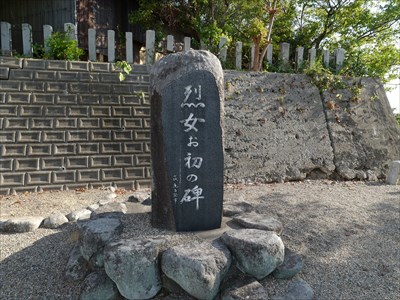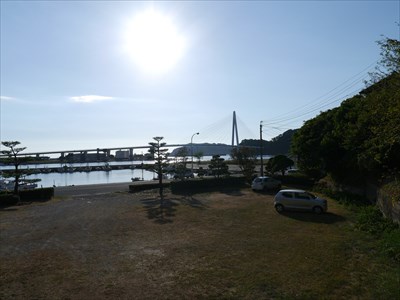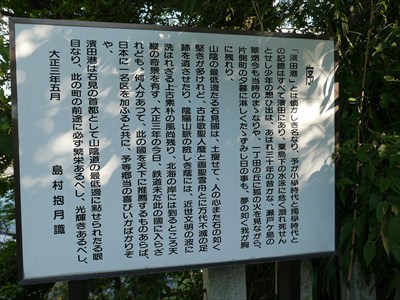The following text is a slightly modified machine translation and may have some unnatural parts.
==Goddess of gynecological illness==
Awashima Myojin was the wife of Sumiyoshi Daijin (great god), but was swept away by Sumiyoshi Daijin due to a gynecological illness (Koshike no Yamai). Therefore, Awashima Myojin wished that the general women's gynecological illness should be cured. The gynecological patient who heard about this visited the goddess and took advantage of it. Therefore, it became prosperous as a guardian deity of women.

Awashima Shrine
This is not a legend only in Shimane Prefecture, but I picked it up because it is included in "Essay Iwami Monogatari" by Bansui Kimura.
According to Kojien, the disease under the belt (Koshike) is "a white or yellowish-white pathological liquid secretion from the female genital organs." It's something that a man doesn't understand.
According to the "Essay Iwami Monogatari", the deity of Awashima Shrine in Awashima Park in Hamada City enshrines Awashima Myojin, as well as Sukunabikona and Yakushi Nyorai (Bhaisajyaguru). From Awashima Park, you can see the Hamada Marine Ohashi Bridge.
==Digression==
In Awashima Park, there is a tomb of Satu Matsuda, who is known as a heroine, and the monument of Ohatsu. The adjacent Otoshi Shrine is one of the candidates for the Shikinai shrine.

Monument of Osatsu

Monument of Ohatsu

Hamada Marine Bridge

Otoshi Shrine
The preface written by Hogetsu Shimamura is posted in the precincts of Otoshi Shrine. When he was young, he almost drowned in the sea around here. Hogetsu Shimamura was active in the early days of modern theater and is known for his relationship with actress Sumako Matsui.

The preface written by Hogetsu Shimamura
==References==
- * 「随筆 石見物語(復刻版)」(木村晩翠, 白想社, 1993)